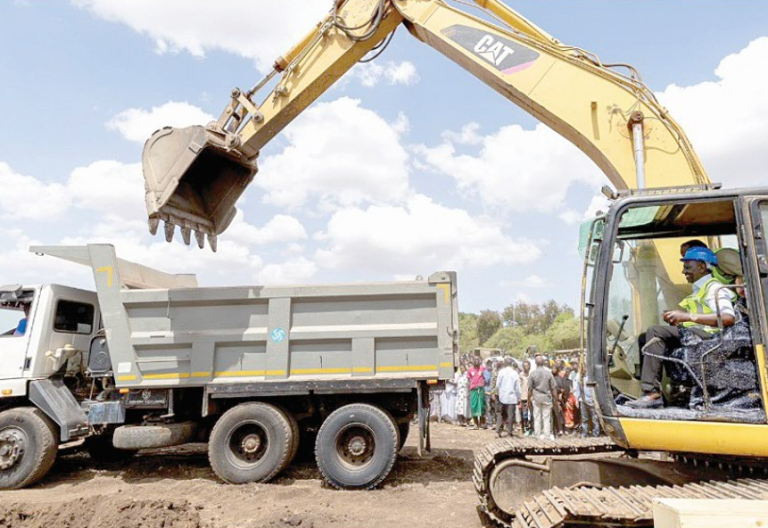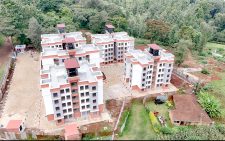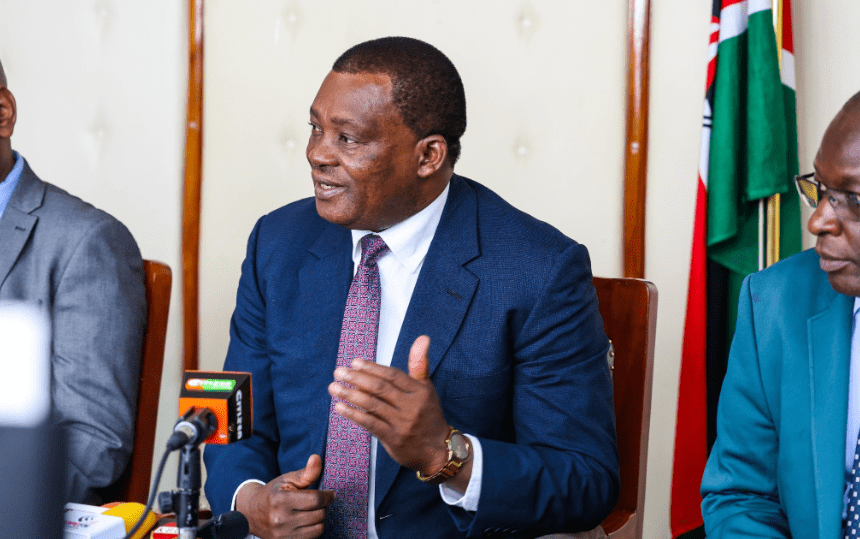County’s industrial parks struggle with funding shortfalls

The country’s ambitious plan to set up County Aggregation and Industrial Parks (CAIPs) across all 47 counties is facing significant headwinds, as funding shortfalls threaten to derail the project’s rollout timeline.
Launched in July 2023 as a key pillar of the Bottom-Up Economic Transformation Agenda (BETA), the initiative was designed to strengthen agro-industrial development, boost local manufacturing, and enhance farmer productivity.
Each CAIP was to be co-funded by the national and county governments, with each side contributing Sh250 million, bringing the total per county to Sh 500 million.
According to a report released by Cytonn, Kenya’s Listed Banks FY’2024 Report, & Cytonn Weekly, the grand plan was to operationalize CAIPs in every county within two years.
However, with only Sh3.3 billion of the Sh9 billion national government pledge disbursed, the number of counties that will have functioning industrial parks by June 2025 has been significantly reduced.
Out of the 47 planned CAIPs, only 19 counties are now covered in phase one, with a total budget of Sh4.7 billion. This includes Sh4.5 billion for setting up the industrial parks and Sh200 million for project coordination, monitoring, and support. Counties like Nakuru, Bungoma, Uasin Gishu, Mombasa, and Kirinyaga are among those in the initial rollout.
Deputy President, Kithure Kindiki, who received a recent progress briefing, acknowledged the funding crunch but emphasized the initiative’s long-term economic promise. “Once complete, the CAIPs will enhance the competitiveness of Kenya’s agriculture sector and sustainably grow our manufacturing base,” he said.
CAIPs are intended to serve as agro-industrial hubs that facilitate value addition, improve access to markets, increase foreign exchange earnings, and create decent jobs, especially in rural areas. They are central to the government’s push to raise the manufacturing sector’s GDP contribution from the current 7 percent to 15 percent by 2027 and 20 percent by 2030.
Despite the setbacks, the Ministry of Investment, Trade and Industry, in partnership with the Council of Governors, county administrations, and development partners such as UNIDO, remains committed to delivering the parks in three phases.
Still, the financial constraints have cast a shadow over the ambitious timeline, with questions emerging about whether the Vision 2030 targets can be met without urgent and sustained budgetary support.
Unless the funding gap is addressed swiftly, Ruto’s CAIP initiative risks becoming yet another big idea stalled at the blueprint stage.















